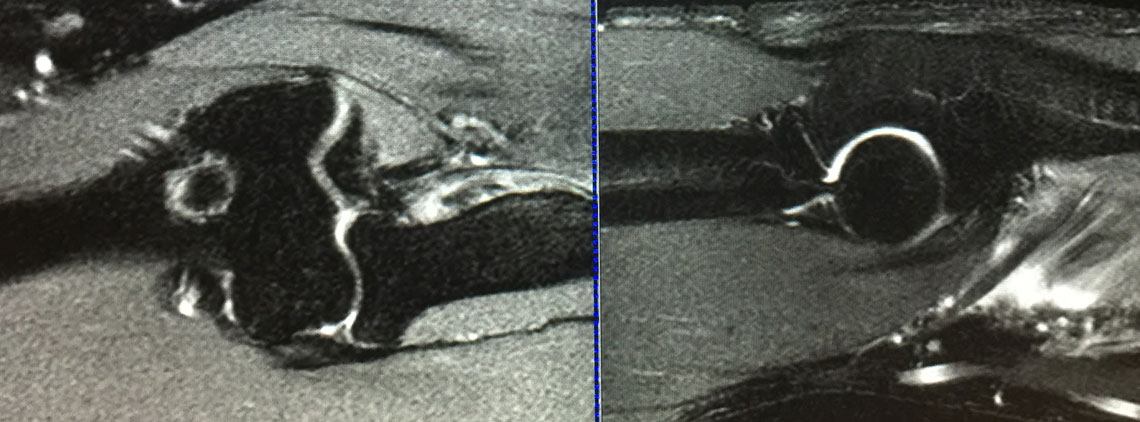
Bicep Tendon Rupture Surgery
Overview
If you have a bicep tendon rupture or a torn bicep you may know this pain all too well. You might’ve felt a sudden burst of pain or heard a “popping” sound near the shoulder. You might not have as much strength in your shoulder. This injury likely occurred due to a sudden injury. Men over the age of 30 are most likely to tear the distal biceps tendon. Smoking can affect tendon strength and quality. Steroid injections, like corticosteroid medications, have been linked to increased muscle and tendon weakness.
How to Prepare for Bicep Tendon Rupture Surgery
Avoid eating or drinking after midnight the night before your surgery. Stop taking any medications like blood thinners or aspirins in order to prepare for your surgery. You may want to get your home ready since you won’t be able to reach very high cabinets or do activities that may require you to pull. Locate loose shirts that button or zip in the front for you to wear as you recover from surgery.
Procedure
Consider outpatient surgery during the first two to three weeks after an injury. Depending on the severity of your injury, we may want to use one incision at the front or an incision on the front and back of your elbow. We will then reattach your tendon using stitches and holes drilled in your forearm bone (radius).
Recovery
After surgery, you will wear a splint for one to two weeks. We will provide exercises for you to do at home with your splint or brace on. Depending on the extent of your injury, we may ask for you to attend physical therapy to regain your full range of motion and strength. After your splint is removed, you may be asked to perform resistance exercises with elastic bands. Avoid heavy lifting and vigorous activity for several months. You can expect a full recovery between three to six months.
Efficacy
We will reattach your tendon to your forearm bone which allows for your muscle to grow correctly.
Complications
There is a risk of infection, blood loss, and nerve damage as with any surgery. Other complications are numbness and weakness can occur but usually goes away. Sometimes patients experience bone growth around the location of where the tendon is attached to the forearm bone which can reduce the ability to twist the forearm. The tendon could re-rupture requiring additional surgery.
Outlook
Surgery will reattach your tendon to your radius bone allowing your muscle to grow correctly. Most patients experience the full range of motion and strength.

